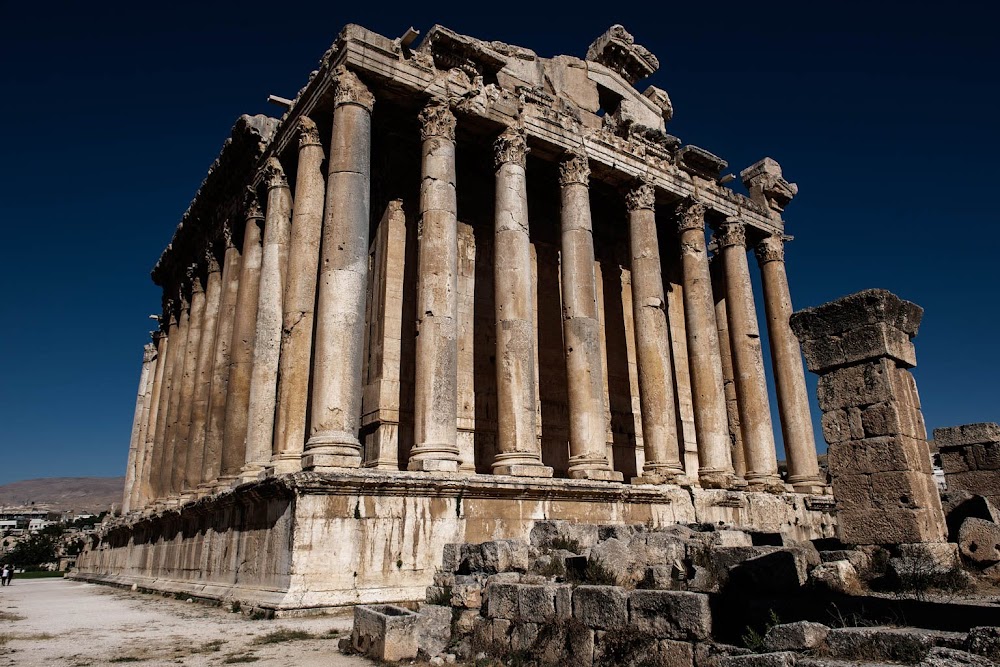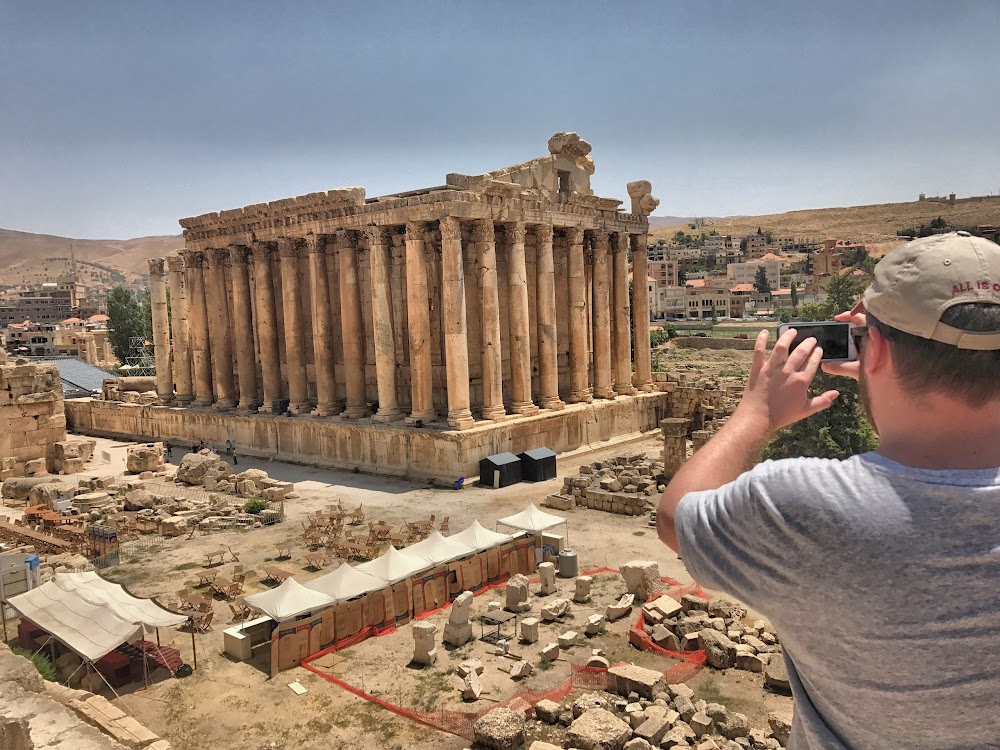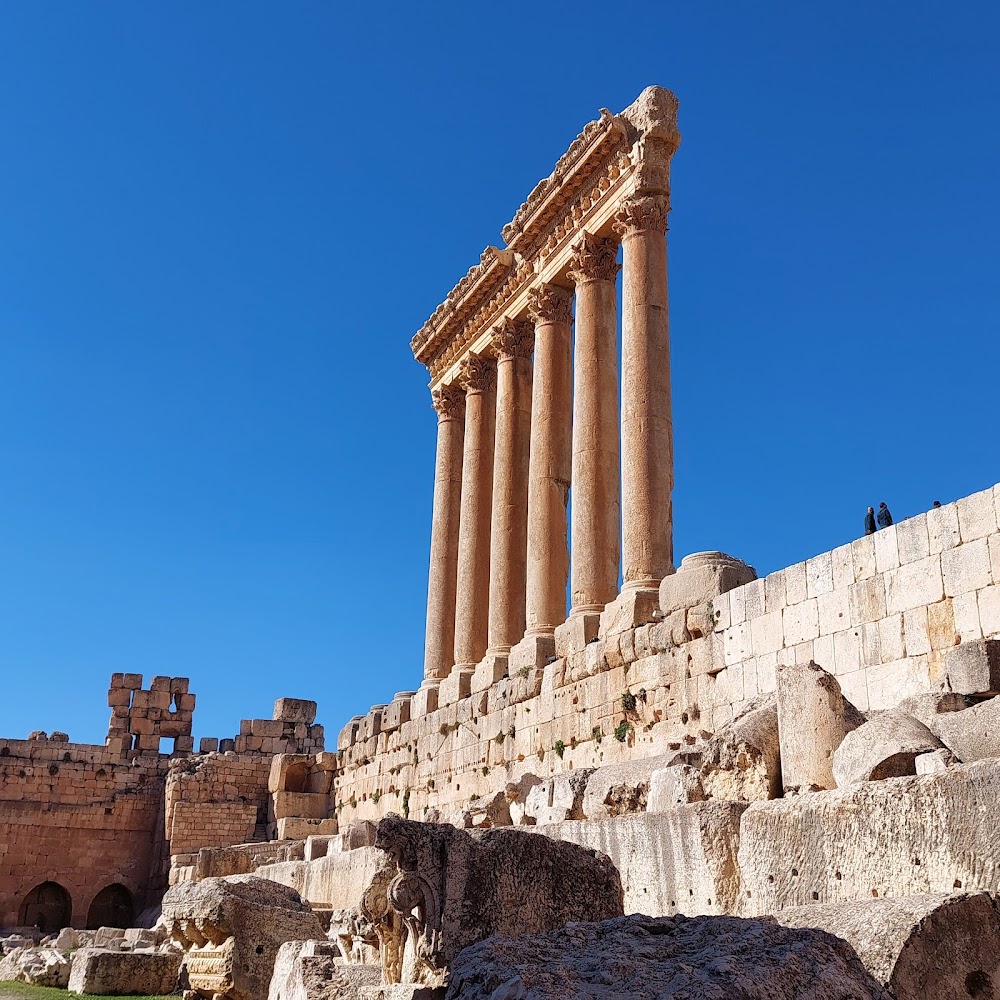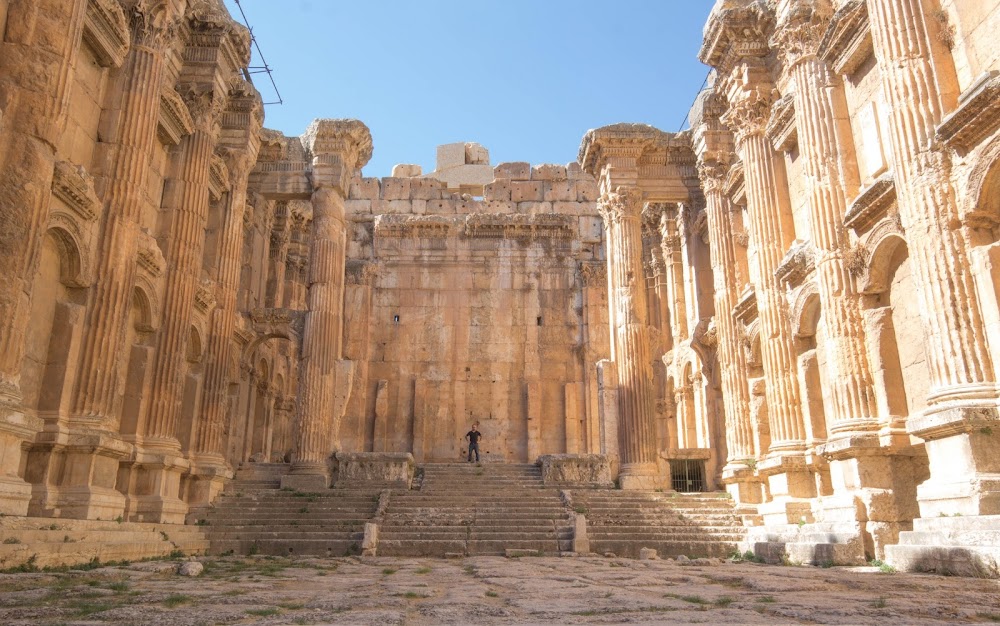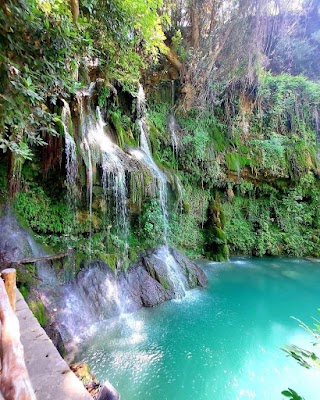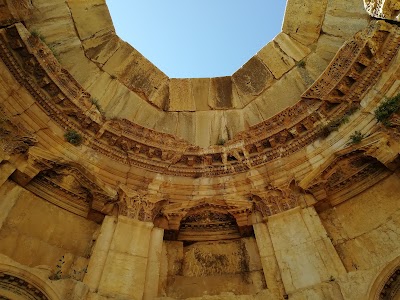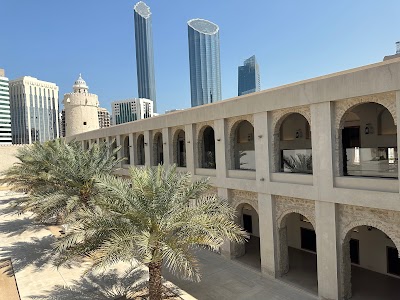Baalbek Roman Ruins (أطلال بعلبك الرومانية)
Related Places
Overview
The **Baalbek Roman Ruins**, nestled in the picturesque city of Baalbek-Hermel in Lebanon, stand as one of the most awe-inspiring and well-preserved remnants of Roman architecture in the world. With a history that spans thousands of years, this remarkable site began as an ancient Phoenician settlement before evolving into a significant Roman sanctuary, leaving behind a legacy that continues to captivate visitors today.
The monumental complex's construction commenced under the reign of **Emperor Augustus** in the late 1st century BC, continuing for over two centuries. The site boasts several magnificent temples and extensive ruins that vividly illustrate the grandeur of Roman engineering and architectural prowess. Among these structures, the **Temple of Jupiter** reigns supreme, originally dedicated to the Phoenician god Baal. This temple is notable for being one of the largest ever built in the Roman world, with foundation stones weighing over 800 tons. The ingenuity of Roman engineers is evident in how these colossal stones were transported from nearby quarries using a sophisticated network of sleds and rolling logs.
Adjacent to the Temple of Jupiter, the **Temple of Bacchus** stands as another breathtaking example of Roman craftsmanship. Constructed around 150 AD, it is celebrated for its ornate carvings and remarkable preservation. The temple's walls are adorned with intricate reliefs depicting mythological scenes, showcasing the artistic skill of Roman stonemasons. This temple is often hailed as one of the best-preserved Roman temples in existence, making it a must-see for visitors.
The **Temple of Venus**, the third major temple at Baalbek, is distinguished by its circular design and graceful proportions. This smaller temple beautifully illustrates the blend of Roman and local architectural styles, offering a unique perspective amid the grand ruins. Each temple at Baalbek tells a story of artistic and cultural fusion that continues to intrigue historians and travelers alike.
The construction techniques employed at Baalbek were remarkably advanced for their time. Roman engineers utilized precise measurement and design tools to ensure both stability and aesthetic appeal. Innovations such as cranes, pulleys, and levers, coupled with a deep understanding of statics and dynamics, empowered them to erect these monumental structures. Lime mortar played a crucial role in binding the massive stones together, ensuring their durability through centuries of natural wear and the ravages of conflict.
Beyond the temples, the **Baalbek complex** features courtyards, altars, and an imposing podium, all of which highlight the site's significance in Roman religious and civic life. The intricately designed hexagonal forecourt leading to the temples likely served as a gathering place for processions and community events, adding to the vibrancy of this ancient hub.
Throughout the centuries, the Baalbek Roman Ruins faced periods of neglect and destruction due to earthquakes, invasions, and looting. However, dedicated efforts from archaeologists and historians have played a vital role in preserving and restoring significant portions of the site. Excavations have uncovered invaluable artifacts, shedding light on ancient construction methods and religious practices that once flourished here.
Today, the **Baalbek Roman Ruins** attract scholars, tourists, and history enthusiasts from around the globe. As a UNESCO World Heritage Site, it stands as a testament to the grandeur and ingenuity of Roman civilization, offering visitors a tangible connection to a world that existed nearly two millennia ago. Whether you are an architecture aficionado, a history buff, or simply a curious traveler, Baalbek promises an unforgettable journey into the past.


